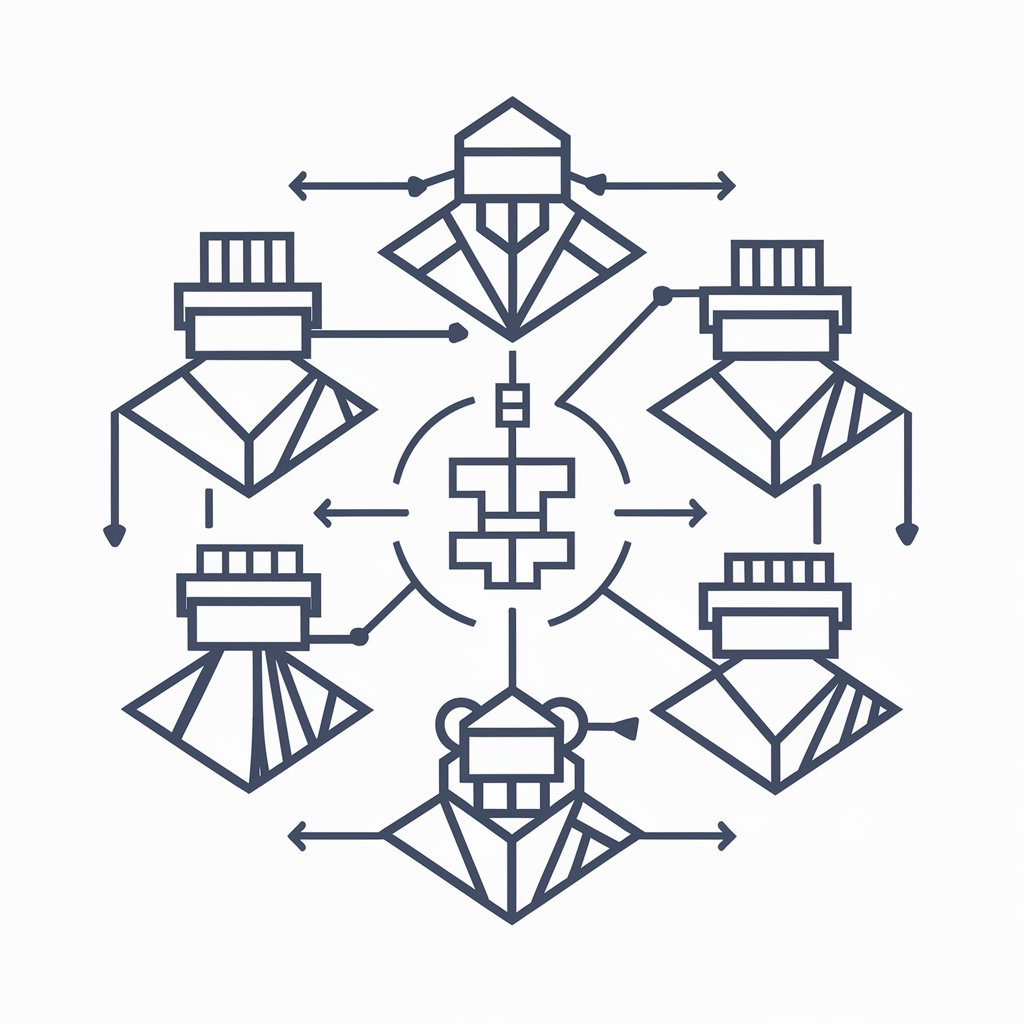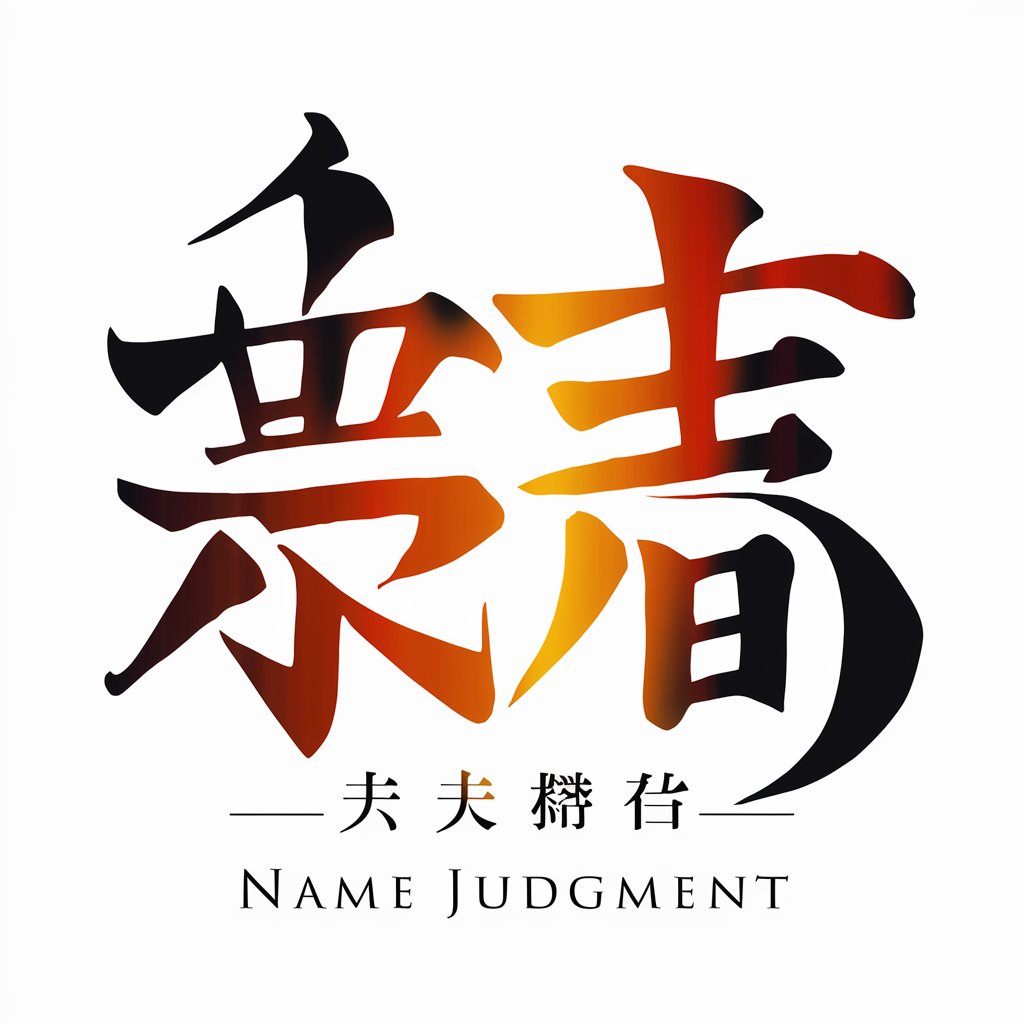Reverse Thinking / 逆算思考 - Efficient Backward Planning

Hello! Let's optimize your project management.
Strategize Backwards, Achieve Forwards
Create a detailed plan to...
Analyze the efficiency of...
Develop a strategic approach to...
Optimize resource allocation by...
Get Embed Code
Reverse Thinking / 逆算思考 Introduction
Reverse Thinking, also known as 逆算思考 in Japanese, is a cognitive approach that starts with envisioning the desired outcome or conclusion first and then works backward to identify the necessary steps to reach that goal. This methodology is fundamentally different from traditional forward-thinking strategies, which typically begin with the present situation and proceed linearly towards a goal. Reverse Thinking is designed to enhance efficiency and effectiveness in problem-solving and project management. For instance, in project management, instead of starting with the current resources and constraints, the team begins with the end goal and works backward to allocate resources, set timelines, and identify key milestones. This approach ensures that every step taken is directly aligned with the final objective, reducing redundancy and enhancing focus. Powered by ChatGPT-4o。

Main Functions of Reverse Thinking / 逆算思考
Goal Clarification
Example
A company planning to launch a new product would start by defining the desired market position and sales targets for the product. They then work backwards to establish the marketing strategy, production timelines, and budget allocation necessary to achieve these objectives.
Scenario
Product Launch Planning
Efficiency Optimization
Example
An event planner uses Reverse Thinking to organize a conference. They first define the key takeaways and experiences they want attendees to have. Based on this, they plan the event's schedule, select speakers, and arrange logistics, ensuring that each element contributes directly to the desired attendee experience.
Scenario
Event Planning
Risk Mitigation
Example
A project team tasked with software development first identifies potential risks and issues that could arise at the final stages of the project. They then develop strategies and checkpoints throughout the project timeline to mitigate these risks early on.
Scenario
Software Development Project
Ideal Users of Reverse Thinking / 逆算思考
Project Managers
Project managers can use Reverse Thinking to enhance project planning and execution. By starting with the end goal, they can more effectively allocate resources, set realistic timelines, and ensure that every step contributes directly to the project's success.
Business Strategists
Business strategists can leverage Reverse Thinking for long-term planning and strategy development. This approach allows them to envision the desired future state of the business and then work backwards to identify the strategic initiatives and steps required to get there.
Entrepreneurs
Entrepreneurs, particularly in the startup phase, can benefit from Reverse Thinking by defining their ultimate business objectives and then developing a step-by-step plan to achieve these goals, which can be crucial for efficient use of limited resources.

Guidelines for Using Reverse Thinking / 逆算思考
Initial Trial
Visit yeschat.ai for a free trial without login, also no need for ChatGPT Plus.
Identify End Goals
Clearly define the desired outcome of your project or task. This step sets the direction for all subsequent planning and execution.
Work Backwards
Starting from the end goal, plan your steps in reverse order. This helps in understanding the prerequisites and necessary actions to reach the goal.
Analyze Resources and Constraints
Evaluate the resources available and constraints faced. This step ensures realistic planning and efficient resource allocation.
Implement and Adjust
Execute the plan, monitoring progress and making adjustments as necessary. This allows for flexibility and adaptability in achieving the end goal.
Try other advanced and practical GPTs
Brandi
Elevating Brands with AI Insight

Repo Reader
Your AI-powered coding mentor.

Palette Prodigy
Empowering Creativity with AI-Driven Color Palettes

Serenity
Empower your mind, guided by AI.

Sweet Space Dreams
Visualizing Diverse Futures in Space

AI News GPT
Stay Informed with AI-Powered News Digests

Canada.ca Content Editor
Enhancing Clarity and Accessibility in Government Web Content

GuessGPT
Revolutionizing 'Guess Who?' with AI

素数判定機
Deciphering Primes with AI

姓名判断
Discover Your Destiny with AI-Powered Name Analysis

MR.チャットDOT
Elevating Conversations with AI Precision

Reverse Prompt Engineer
Crafting Prompts, Replicating Styles

Q&A on Reverse Thinking / 逆算思考
What is Reverse Thinking / 逆算思考?
Reverse Thinking, also known as backward planning or goal-oriented planning, is a strategy where you start with the end goal and work backwards to determine the steps needed to achieve that goal.
How can Reverse Thinking be applied in business strategy?
In business, Reverse Thinking can be used for project planning, setting financial goals, and developing marketing strategies. By starting with the desired outcome, businesses can create more focused and efficient plans.
What are the benefits of using Reverse Thinking?
Reverse Thinking offers clarity in goal-setting, efficiency in planning, and a focused approach to achieving objectives. It reduces redundancy and ensures that all efforts are aligned with the end goal.
Can Reverse Thinking be applied in personal goal setting?
Yes, it's highly effective for personal goals such as career planning, learning new skills, or personal financial planning. It helps individuals to focus on the ultimate objective and plan accordingly.
What are some common mistakes to avoid in Reverse Thinking?
Common mistakes include not defining clear goals, underestimating resource needs, lack of flexibility in plans, and failing to adjust strategies in response to new information or challenges.
